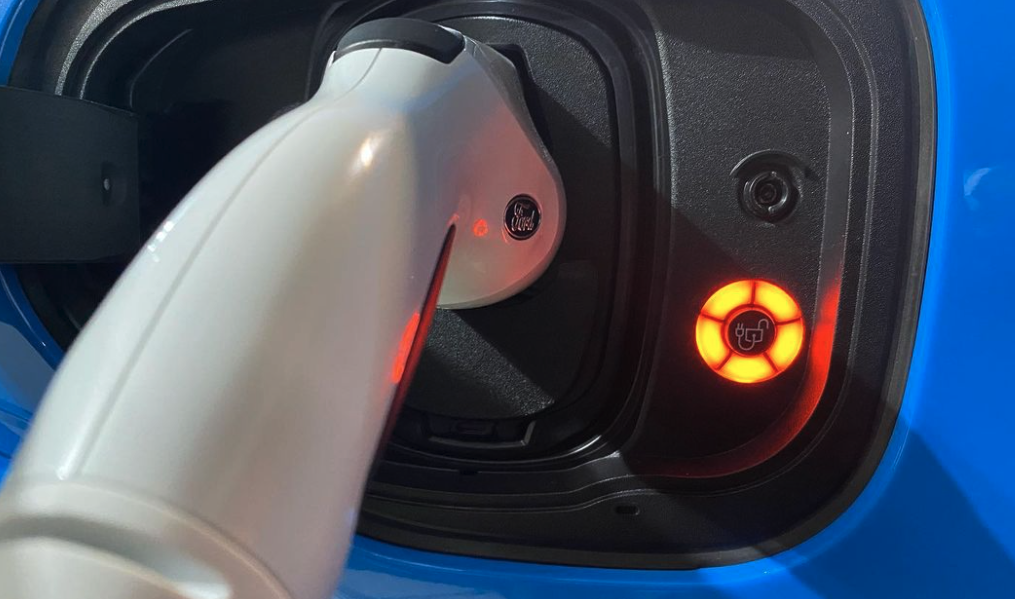I have a 2021 Ford Mustang Mach-E GT in my garage right now. It looks awesome with its black wheels and Grabber Blue paint. The 600 lb-ft of torque on tap is a blast, literally and figuratively. What isn’t so great is the fact that the car is currently a brick. It will not take a charge. It also will not let me drive it nor shift it out of Park to roll it on out of here. When I try to start the car, I get two messages on the gauge display. One says “STOP SAFELY NOW” which is odd since I’m in Park and not moving. The other says “FULL ACCESSORY ACTIVE” which is great if I wanted to just sit here and listen to the sound system. I’m going to find the 12-volt power, disconnect it for a minute, and see if that clears any issues.
What this has me thinking about though is the fact that I don’t know how to fix a lot of the potential problems on an electric vehicle. In fact, even if I knew how to fix something, I would likely be nowhere close to properly set up to do so.
Cars have been getting less “repairable” for some time now. This isn’t strictly a fault of EVs. But it is a problem magnified with EVs.
How can future DIY tinkerers be better prepared to assess and fix problems with electric vehicles?



Leave a Reply